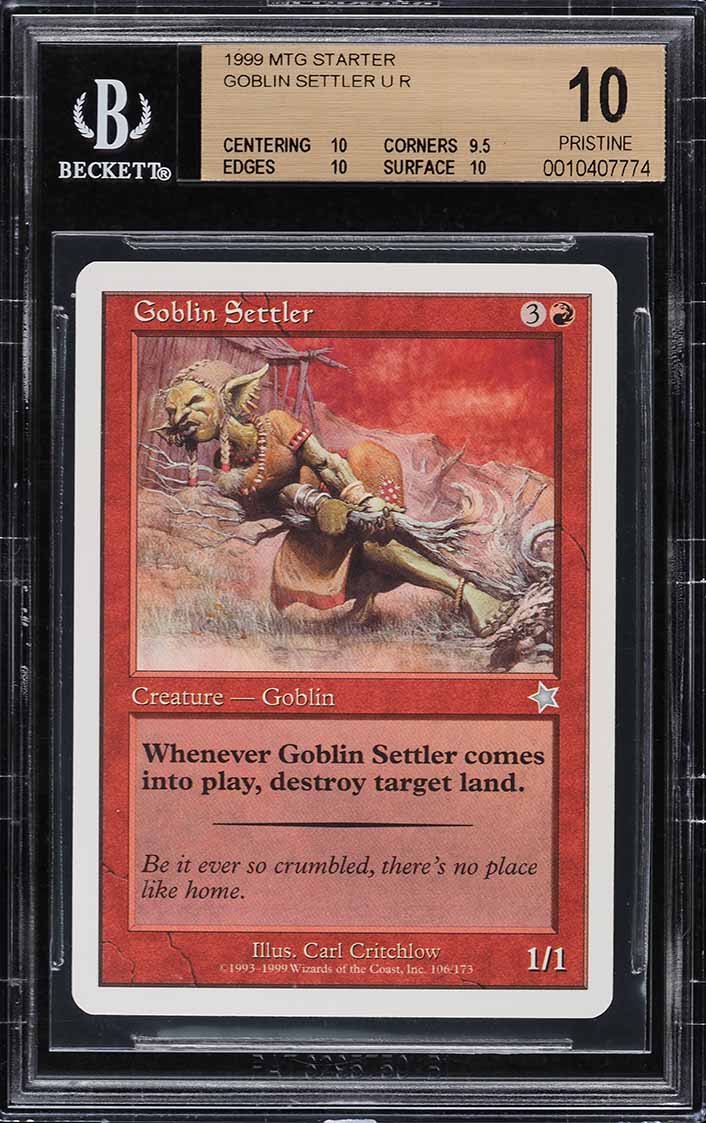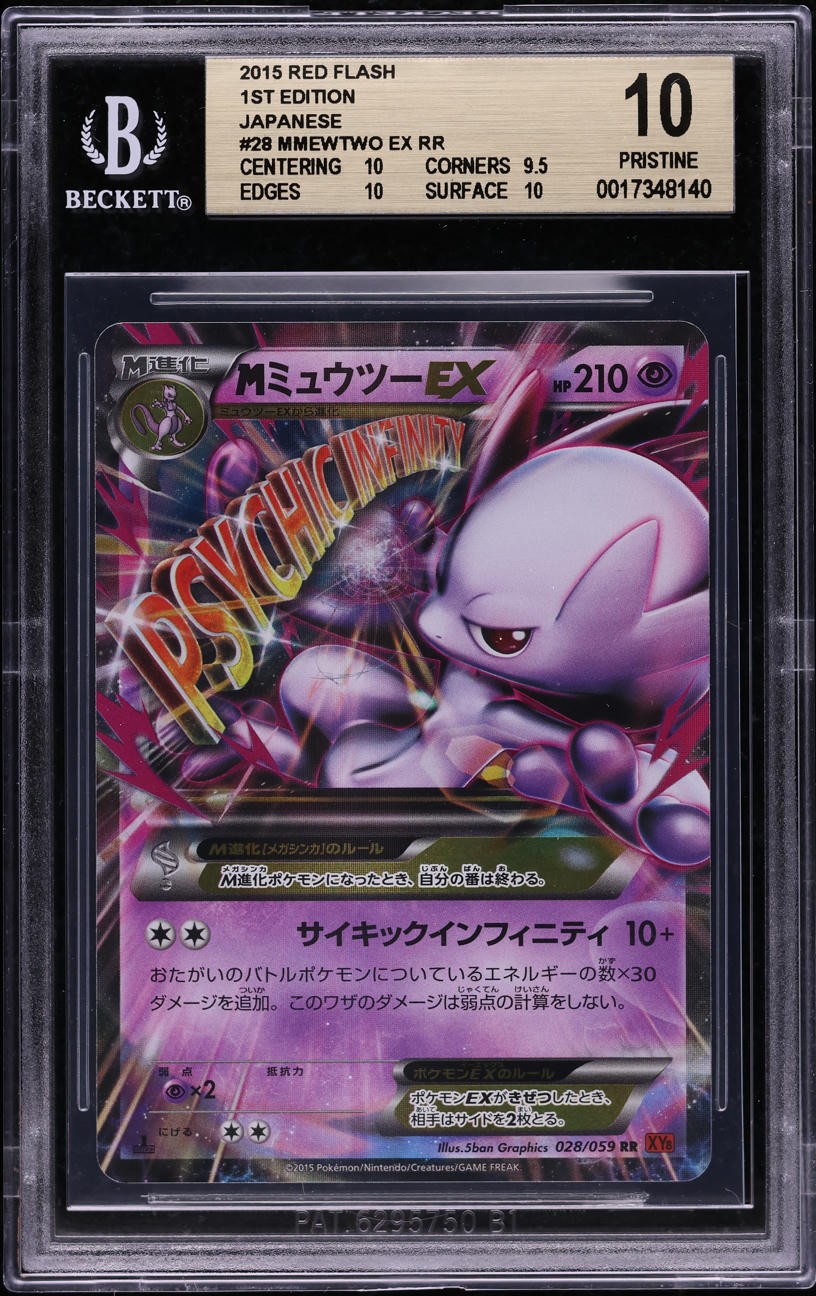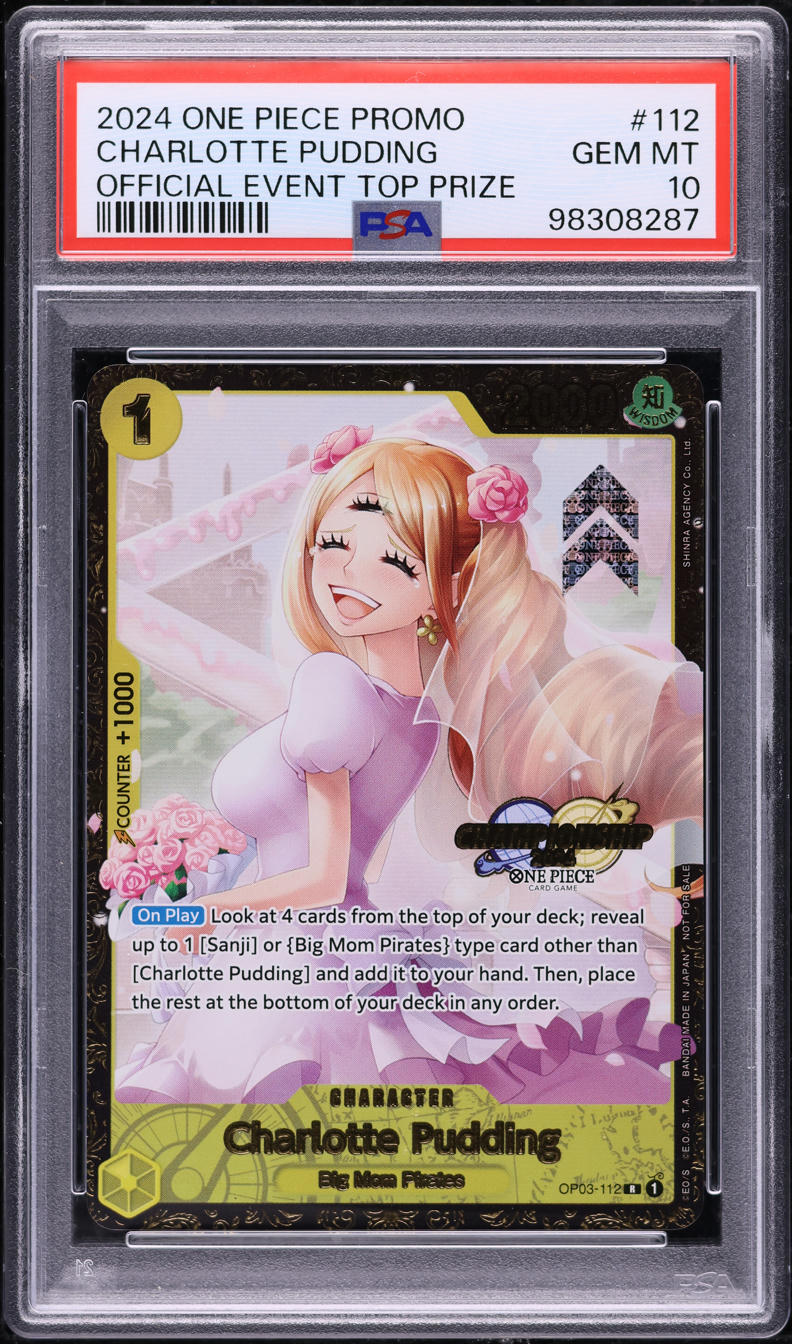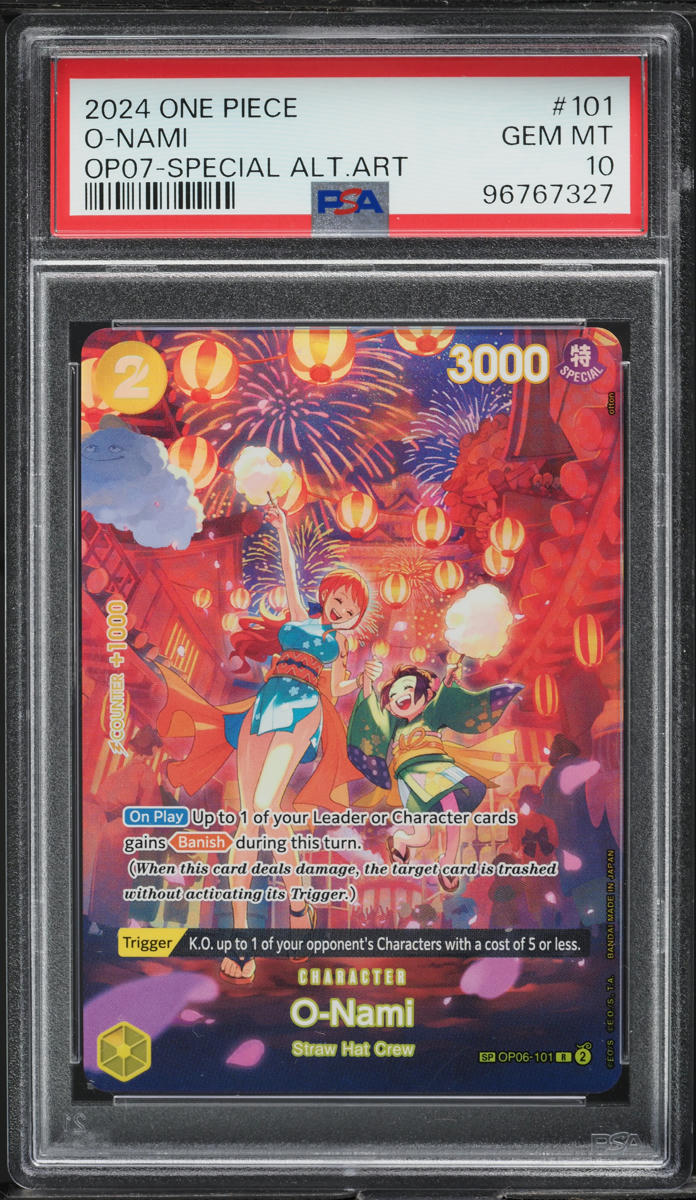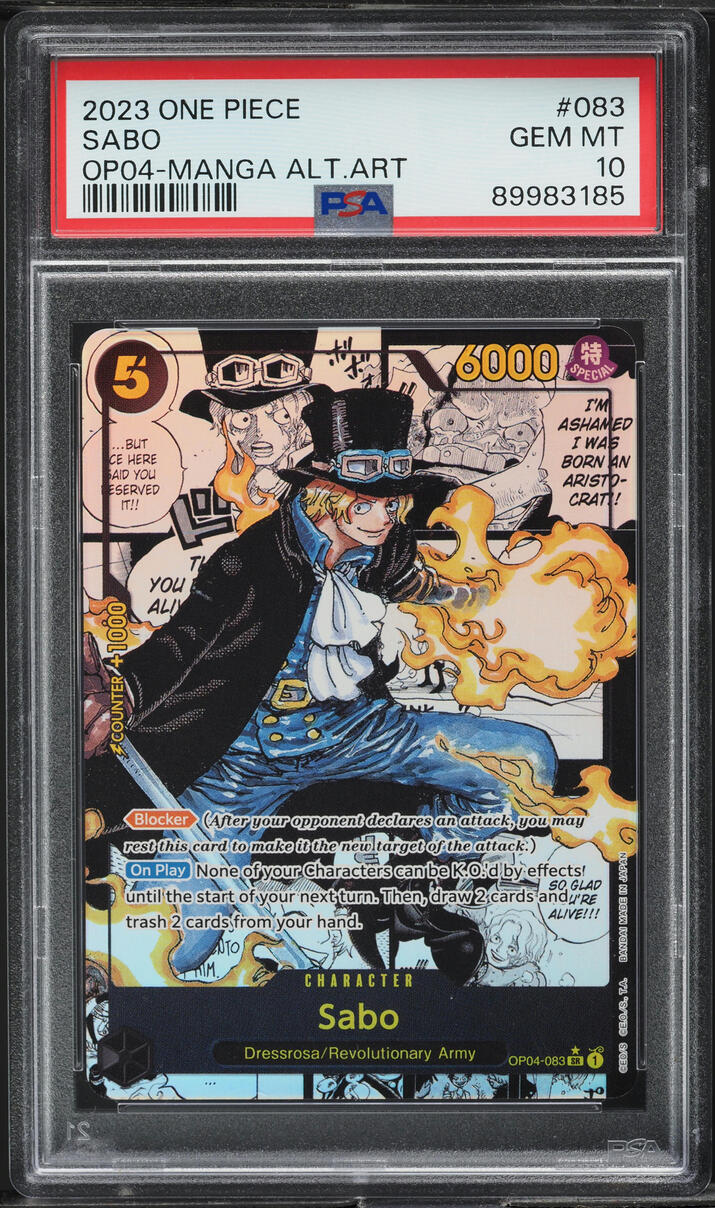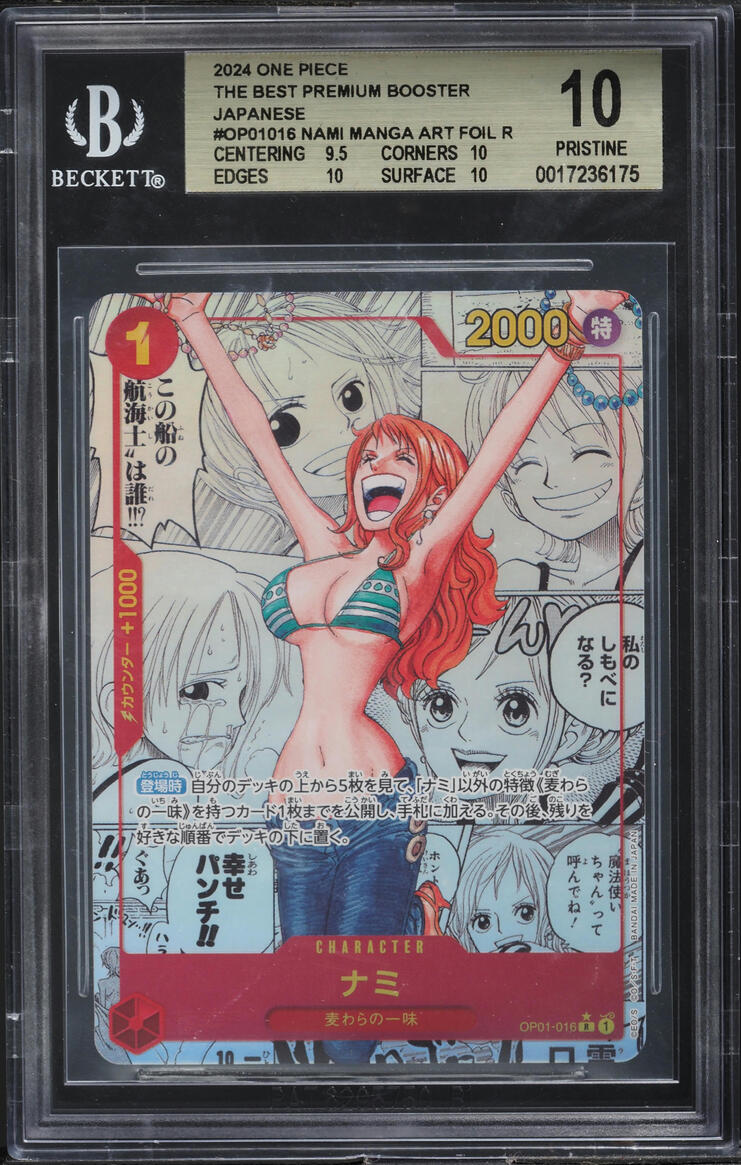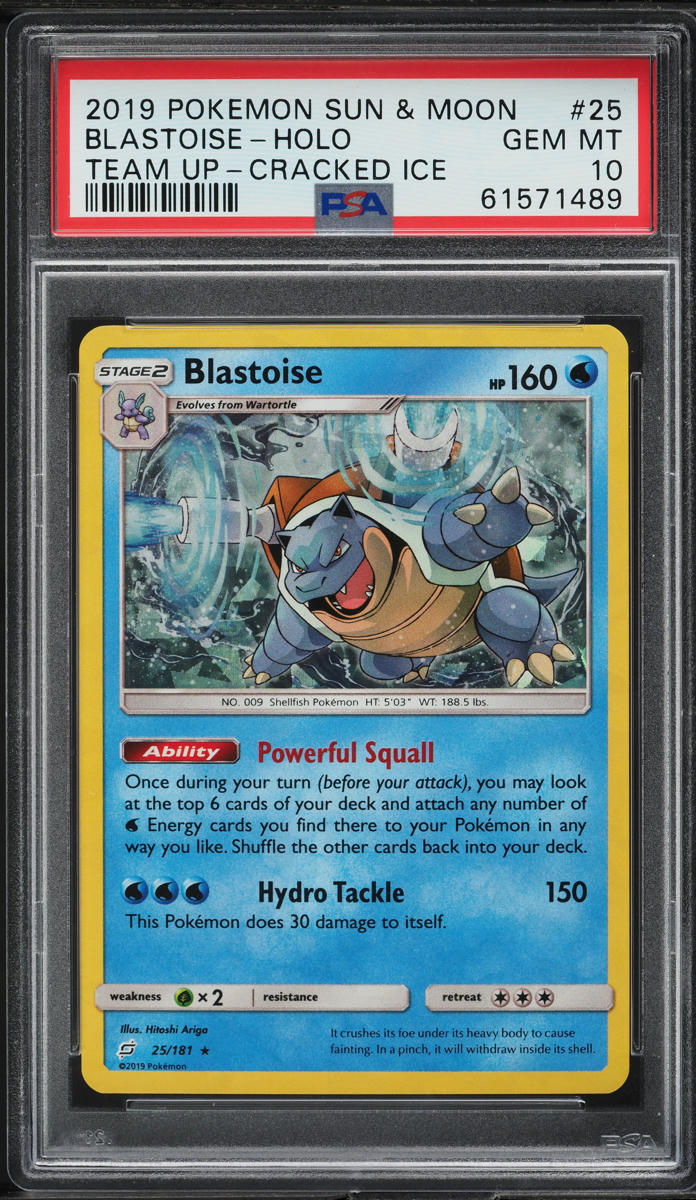 Photo by Thimo Pedersen on Unsplash
Photo by Thimo Pedersen on Unsplash
Why Invest in Pokémon Cards?
The Pokémon TCG has grown in popularity since its launch in the late 1990s, driven by the franchise's immense cultural significance and the increasing rarity of early cards. In recent years, high-profile auctions of rare cards have pushed prices sky-high, with iconic cards like the holographic 1st Edition Charizard selling for hundreds of thousands of dollars. Additionally, the Pokémon TCG market benefits from a global fan base, ensuring a high level of demand across generations. For these reasons, investing in Pokémon cards can be highly profitable—but only if you know what to look for.
Key Factors to Consider Before Investing
Before you start buying cards, it’s important to understand what makes a card valuable. There are several key factors that affect a Pokémon card’s worth:
-
Rarity: The scarcity of a card is one of the biggest factors determining its value. 1st Edition cards, holofoils, and promos are often among the rarest. Certain sets also have limited print runs, making those cards harder to find.
-
Condition: The condition of a card dramatically impacts its value. Cards are often graded by professional services such as PSA (Professional Sports Authenticator) or Beckett, with grades ranging from 1 (poor) to 10 (gem mint). Cards graded 9 or 10 fetch the highest prices, while those with lower grades can still be valuable, depending on rarity.
-
Popularity: Some Pokémon characters are more beloved and iconic than others, such as Charizard, Pikachu, or Mewtwo. Cards featuring these fan-favorite Pokémon tend to maintain high demand. Additionally, cards from popular sets like the Base Set (the first-ever Pokémon TCG set) are particularly prized.
-
Age: Older cards, especially those from the 1990s and early 2000s, are typically more valuable due to their scarcity. The Base Set (1999) and Neo Sets (2000-2002) are key sets to watch for collectors.
-
Set or Expansion: The set or expansion a card belongs to also affects its value. Early sets like Base Set, Fossil, and Jungle are highly coveted, while newer sets can offer investment potential if they include powerful or rare cards.
What to Invest In: Key Categories of Pokémon Cards
To build a strong Pokémon card investment portfolio, it’s important to focus on specific types of cards. Here are the main categories that tend to yield the highest returns:
-
1st Edition Base Set Cards: These are the holy grail of Pokémon TCG investing. Cards from the 1st Edition Base Set, especially holographic cards, have skyrocketed in value. Look for Charizard, Blastoise, and Venusaur—these starter Pokémon are always in demand.
-
Shadowless Cards: Shadowless cards from the Base Set are another highly sought-after item. These are cards printed before the standard edition and lack the drop shadow behind the Pokémon’s image. While not as valuable as 1st Edition, shadowless cards can still fetch significant prices.
-
Promo Cards: Promo cards are released at events, as part of merchandise, or through special promotions. Cards like Ancient Mew or Gold Star Pokémon promos have a limited print run, which drives up their value over time.
-
Graded Cards: Grading your cards via a professional service (e.g., PSA, Beckett) can significantly increase their value. High-grade cards (PSA 9 and 10) are in higher demand because they guarantee near-perfect condition. If you have rare cards in good condition, getting them graded can yield a high return on investment.
-
Vintage Booster Packs/Boxes: Sealed packs and booster boxes from the earlier sets (Base Set, Jungle, Fossil) have become very valuable. Since they contain the possibility of pulling rare 1st Edition or holo cards, collectors are willing to pay a premium for them.
When and Where to Buy Pokémon Cards
Timing and location are crucial when purchasing Pokémon cards for investment. Here are some tips to get the best deals:
-
Buy During Downturns: The Pokémon TCG market, like any market, fluctuates. Prices often dip during periods of less public interest or when newer sets are released. This can be a good time to buy if you spot cards at a lower price.
-
Buy at Auctions and Conventions: Large conventions and auctions (both online and physical) often attract rare Pokémon cards and allow investors to bid on valuable items. Platforms like eBay, Heritage Auctions, or Troll and Toad can be great places to find rare and valuable cards.
-
Avoid Trends: The Pokémon card market can be heavily influenced by hype. Cards might see a temporary spike in price due to influencers or social media, but these trends tend to be short-lived. Focus on long-term value and avoid getting swept up in fads.
-
Watch for Set Releases: When new sets are released, some older cards may become more valuable as collectors and players seek out specific cards. This can create opportunities for buying undervalued cards that later rise in price.
Conclusion
Investing in Pokémon cards can be both fun and rewarding. However, it requires patience, knowledge, and a strategic approach. Focus on rarity, condition, and the legacy of the cards you collect. Remember to buy from reliable sources and pay attention to market trends to get the best deals. Whether you’re a longtime Pokémon fan or just starting your investment journey, the Pokémon TCG offers exciting opportunities for growth.
 Trending
Trending
